Today's tech news live: Meta preps AI chatbot 'personas' and MySpace turns 20
Plug in for a quick fix of today's tech news
Our Fast Charge liveblog is a quick round-up of all the day's biggest tech news as it's happening, so you can plug in for a quick firmware update.

Keeping up with the latest tech news can be a fun but energy-sapping challenge, but luckily our Fast Charge liveblog is here to give you blast of all the latest headlines in minutes.
So what big stories are marking the start of August? The next wave of AI chatbots could be upon us soon, it seems – according to the Financial Times, Meta is planning to launch numerous artificial intelligence chatbots with different ‘personalities’ by September this year.
Meanwhile, in TV-land there's good news for anyone's who been waiting for Sony's 2023 QD-OLED sets – they've just been given official pricing, and it's lower than expected.
If you've been considering buying a new Apple Watch later this year, recent leaks suggest it could be a good time to do it – a new processor could give the rumored Apple Watch Series 9 and Ultra 2 their biggest speed boost for a few years.
Lastly, if you in the mood for some nostalgia, it's MySpace's 20th birthday today. Join us as we take a saunter down memory lane via flashing, sparkly word art in our look at the five things we still miss about MySpace in the age of Twitter's meltdown. We'll be discussing the latest on all of these stories and more in today's Fast Charge liveblog...
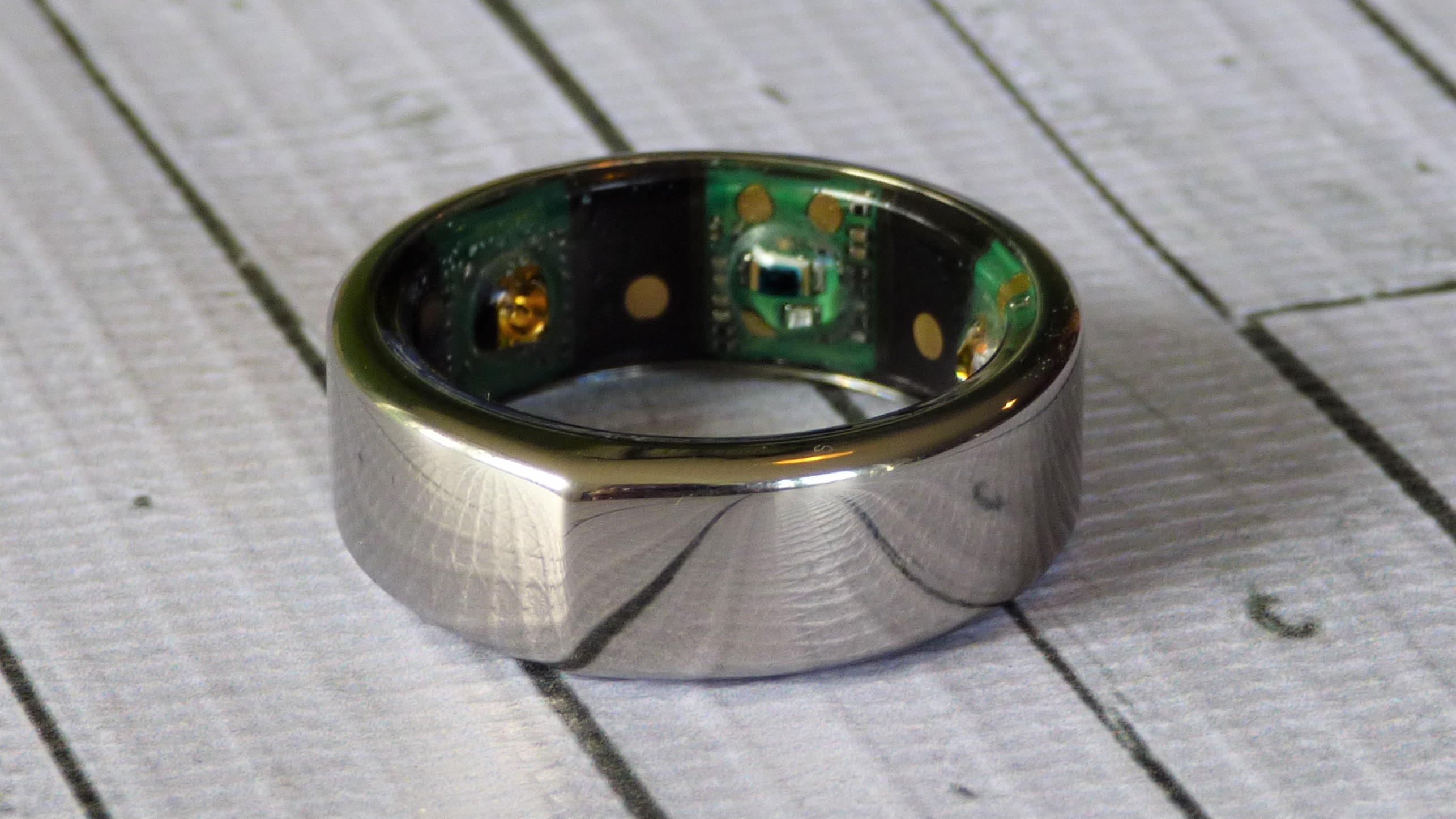
Samsung Galaxy Ring rumors ramp up
It's starting to sound like Samsung is getting serious about making a rival to the health-tracking Oura ring. A new report from South Korean website The Elec (via SamMobile) suggests that mass production on a Samsung Galaxy Ring could begin as early as August. The bad news? It still probably won't launch until 2024.
We're certainly fans of the Galaxy Ring's name. The TechRadar team thinks it sounds like everything from an anime attack to someone you could use with four other elemental ringbearers to become Captain Galaxy.
But it could be equally fun for health-tracking, too. In a Galaxy Ring trademark filing that was uncovered in February, it was described as a smart device "for measuring health indicators and/or sleep in the form of ring”. And that'd fit nicely alongside the likes of the Samsung Galaxy Watch 6, which has an increasing focus on sleep.
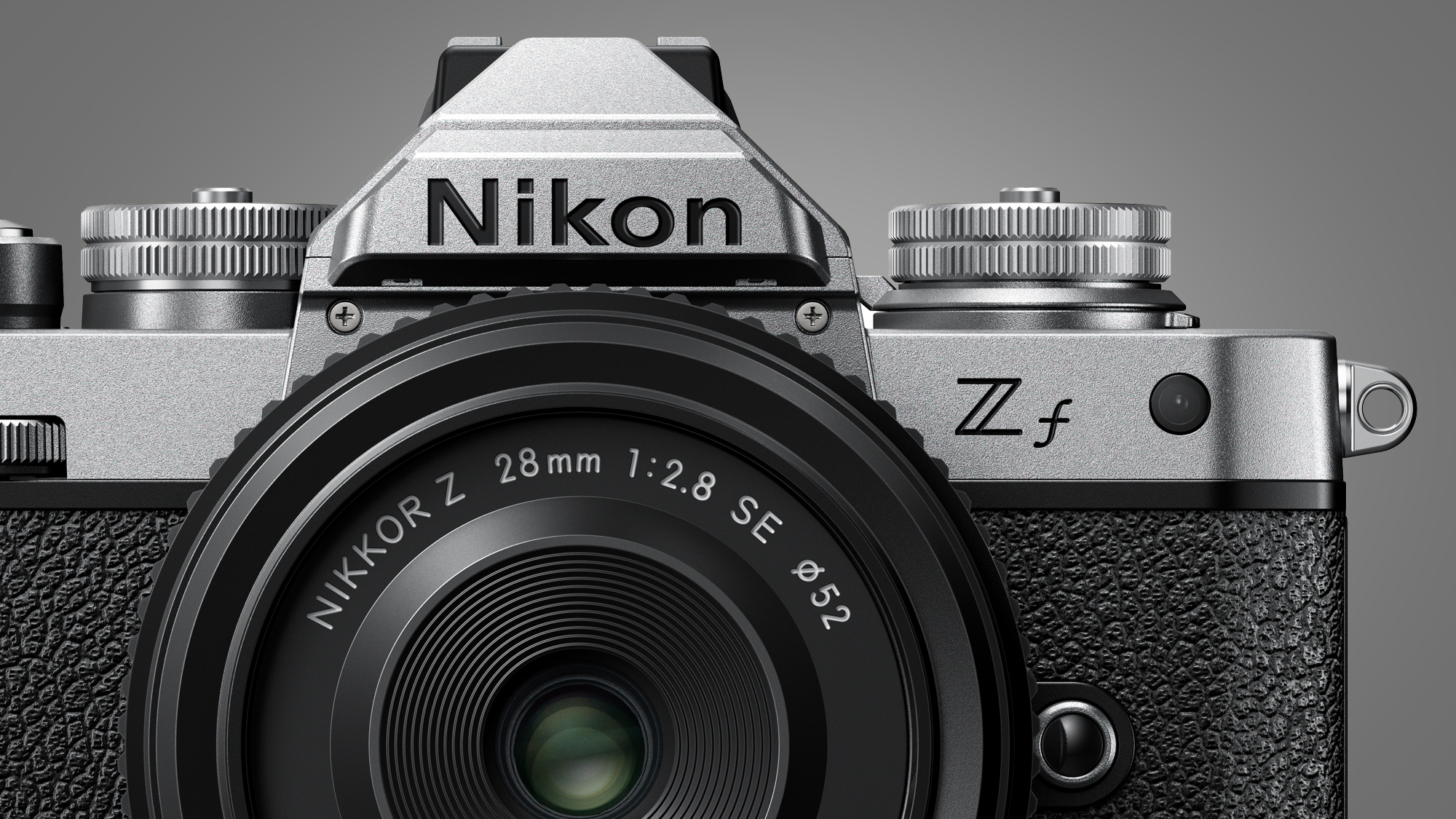
It's a good week to be a Nikon camera fan
Ever since the Nikon Z fc was launched in July 2021, camera fans have been asking why it wasn't a full-frame camera. Well, it sounds like Nikon has listened to those pleas, because the Nikon Zf has now been tipped to land within the next few days.
Like the Z fc, the Zf is expected to be heavily inspired by the Nikon FM2 (below) from 1982, a camera that was renowned for being nigh-on indestructible. Hopefully, Nikon will add a bit more of that build quality this time, and sprinkle it with its latest autofocus tech.
If so, it could definitely have a winner on its hands, given the Fujifilm X100V remains largely sold out due to the popularity of classic film camera design.
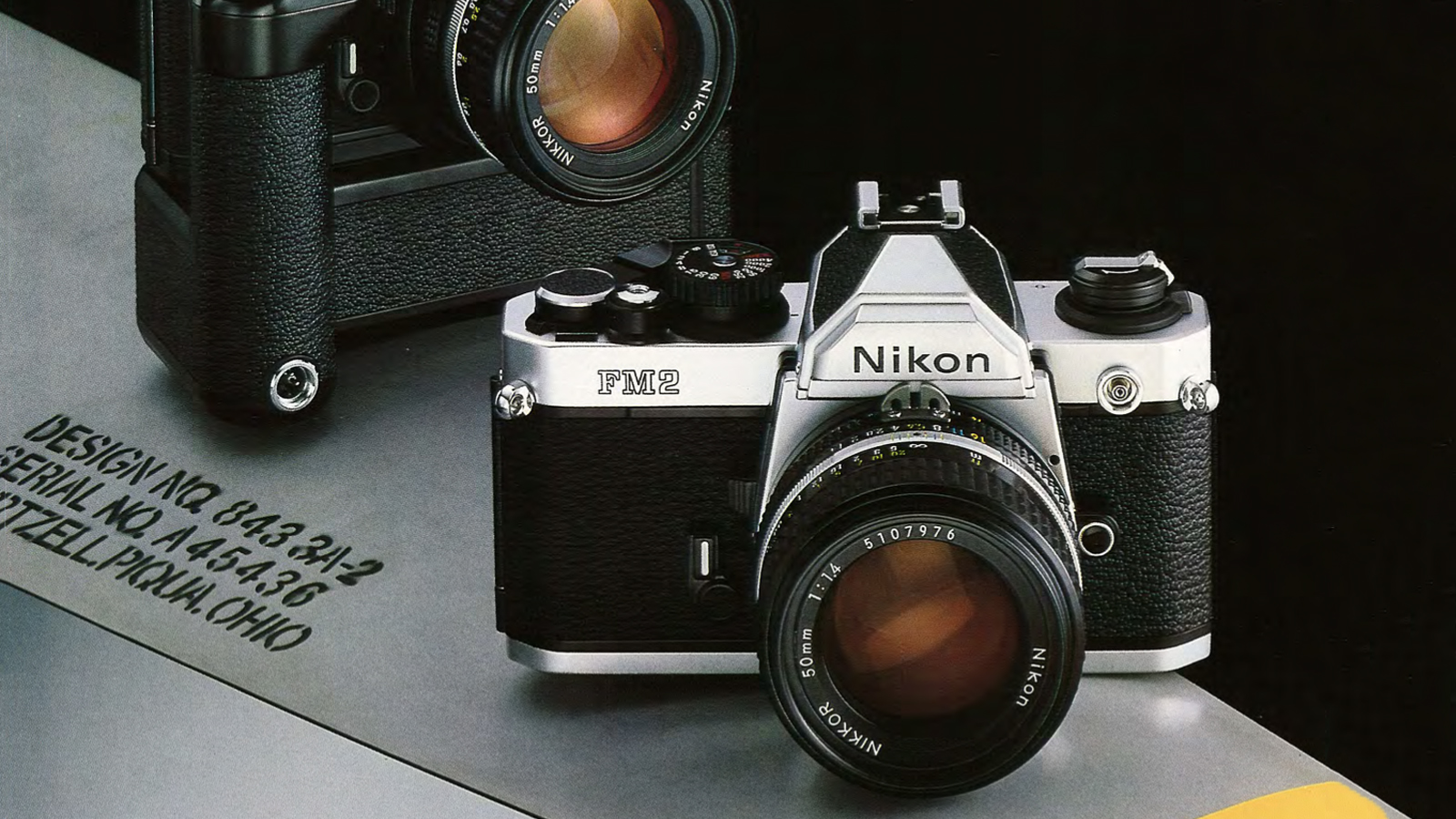
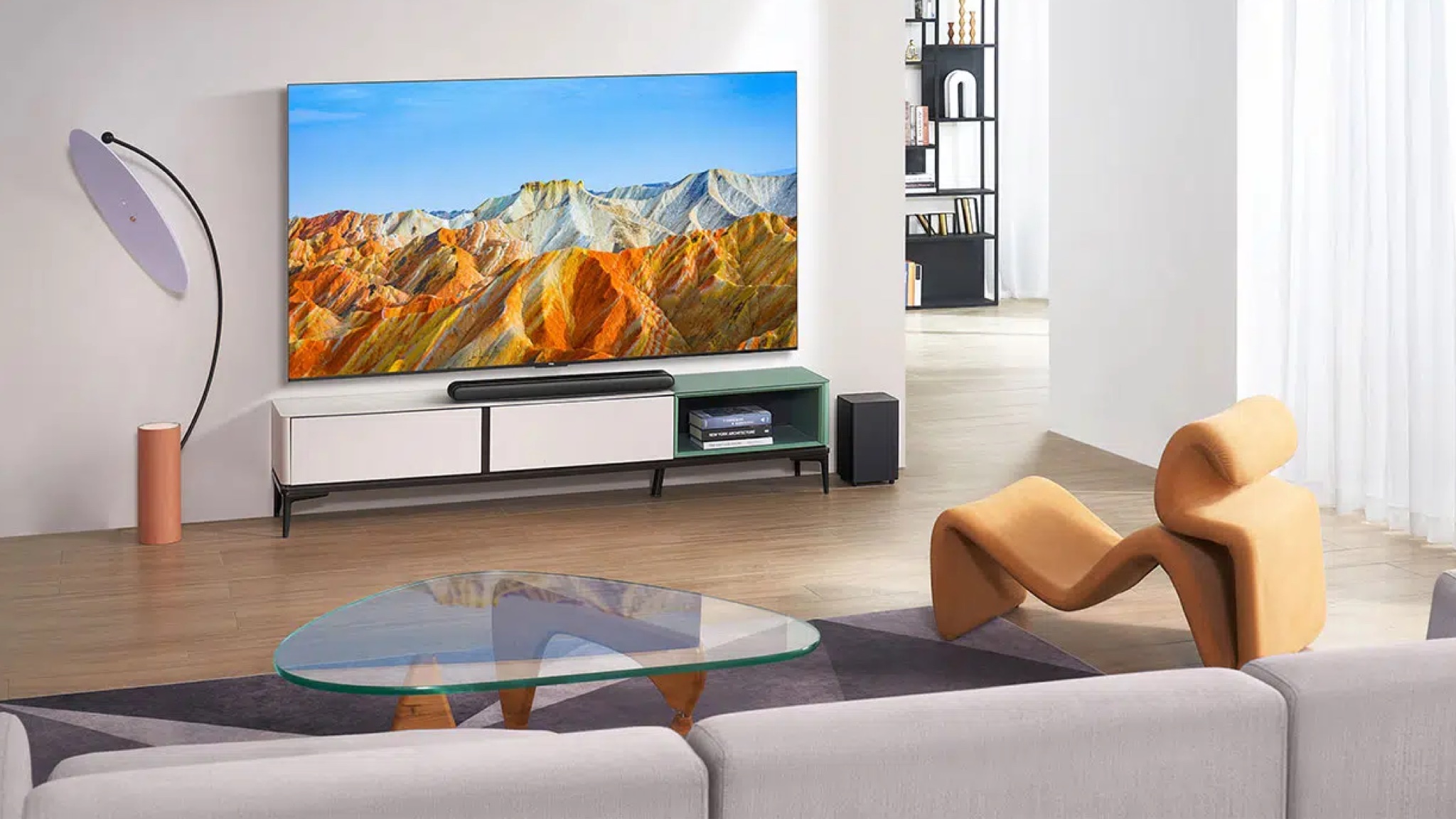
Who wants a 98-inch 4K TV?
The answer, of course, is anyone who has a room big enough for one. And fortunately, TCL is helping to push 98-inch TVs down to affordable levels with its new P745 model in Europe.
It's slated to launch in late August or early September for €2,800, which converts to around $3,100 / £2,400 / AU$4,600. Not exactly cheap, but also not bad for a 100/120Hz LCD panel with HDMI 2.1 ports and 144Hz VRR (variable refresh rate).
Sure, its lack of LED local dimming won't serve up the ultimate HDR experience, but then this is a 98-inch 4K TV – and that sheer size may help you forgive any picture quality shortcomings.
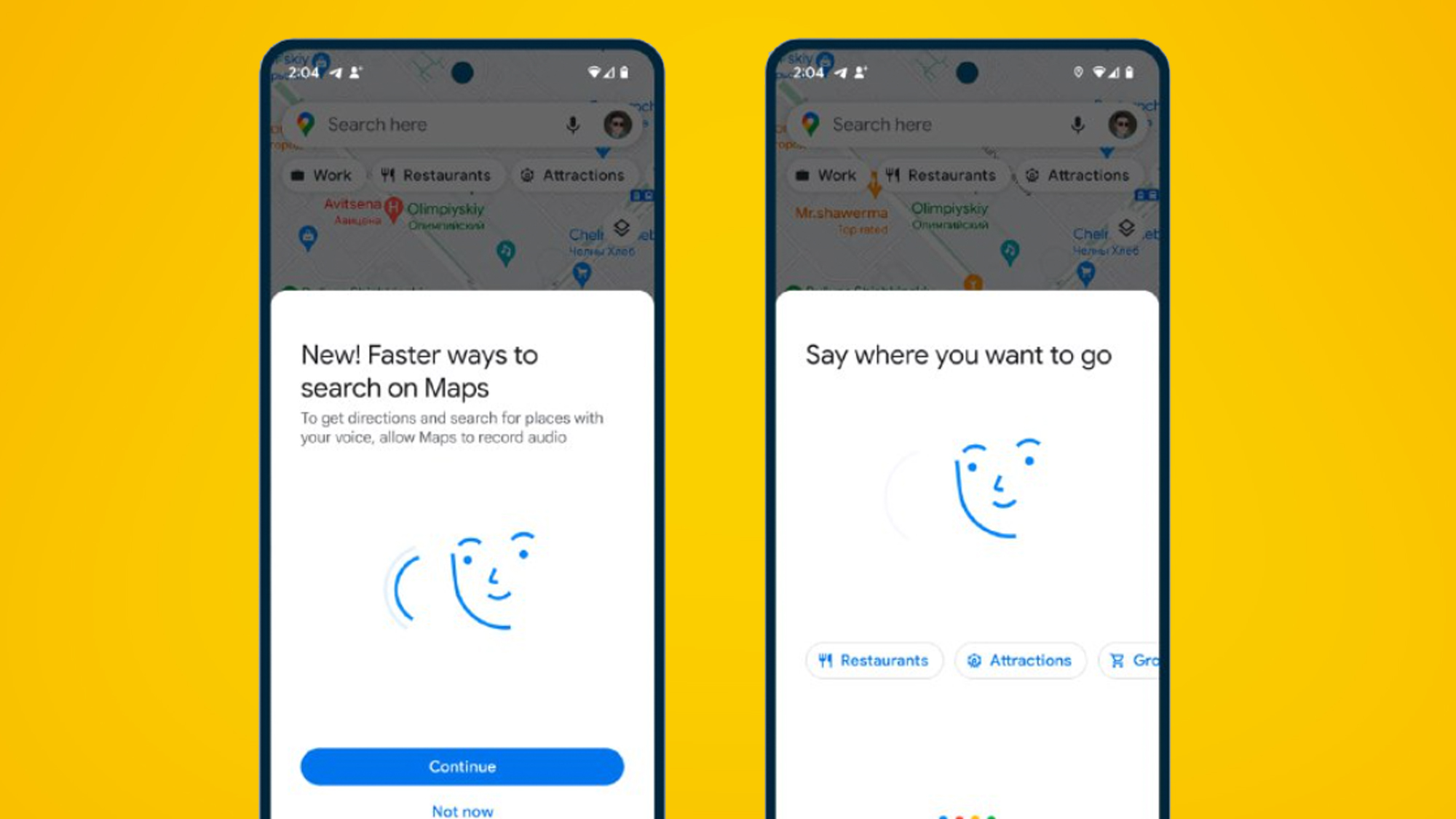
Google Maps gets voice control boost for drivers
I've often wondered why Google Maps' voice control has been so average when I've been on the road and asking it for petrol station options – and the reason is because it seemingly uses an older tech called Google's Speech Services, rather than Google Assistant.
Well, that's just changed according to the Google News Telegram channel, which says that Google Assistant will start being used for Maps voice controls on Android instead. This change is apparently a server-side update, so there's no need to update the app – it should have already already rolled out to Android phones, along with a new built-in suggestion carousel.
Now, when you boot up the app and tap the mic icon in the search bar, you should be greeted by a new “faster way” to search on Maps. Definitely something to look out for if you're planning a road trip soon...
HELP !!! pic.twitter.com/LmRS9sZrejJuly 28, 2023
The Twitter (sorry, X) meltdown continues
The Curb Your Enthusiasm theme song is presumably on loop in the X Corp offices right now, as the social media site formally known as Twitter continues its doom spiral. Just as neighbors complain about a ridiculously bright, glowing X sign on top of the company's HQ (below), Microsoft Edge is now warning some users (above) that the X website might be a scam.
As Bleeping Computer noted, this is happening because Edge (like other Chromium-based browsers) have a built-in feature called ‘Progressive Web App Icon change’ which watches for app name or icon changes, and warns about them. Because the X rebrand happened so fast, Edge is picking up its logo as the wrong icon.
It's another example of the collateral damage that the blindingly bright new X logo below is currently a pretty great metaphor for...
Imagine no more. This is my life now. https://t.co/k5QfAm8yuG pic.twitter.com/e7ECCM2NUDJuly 29, 2023
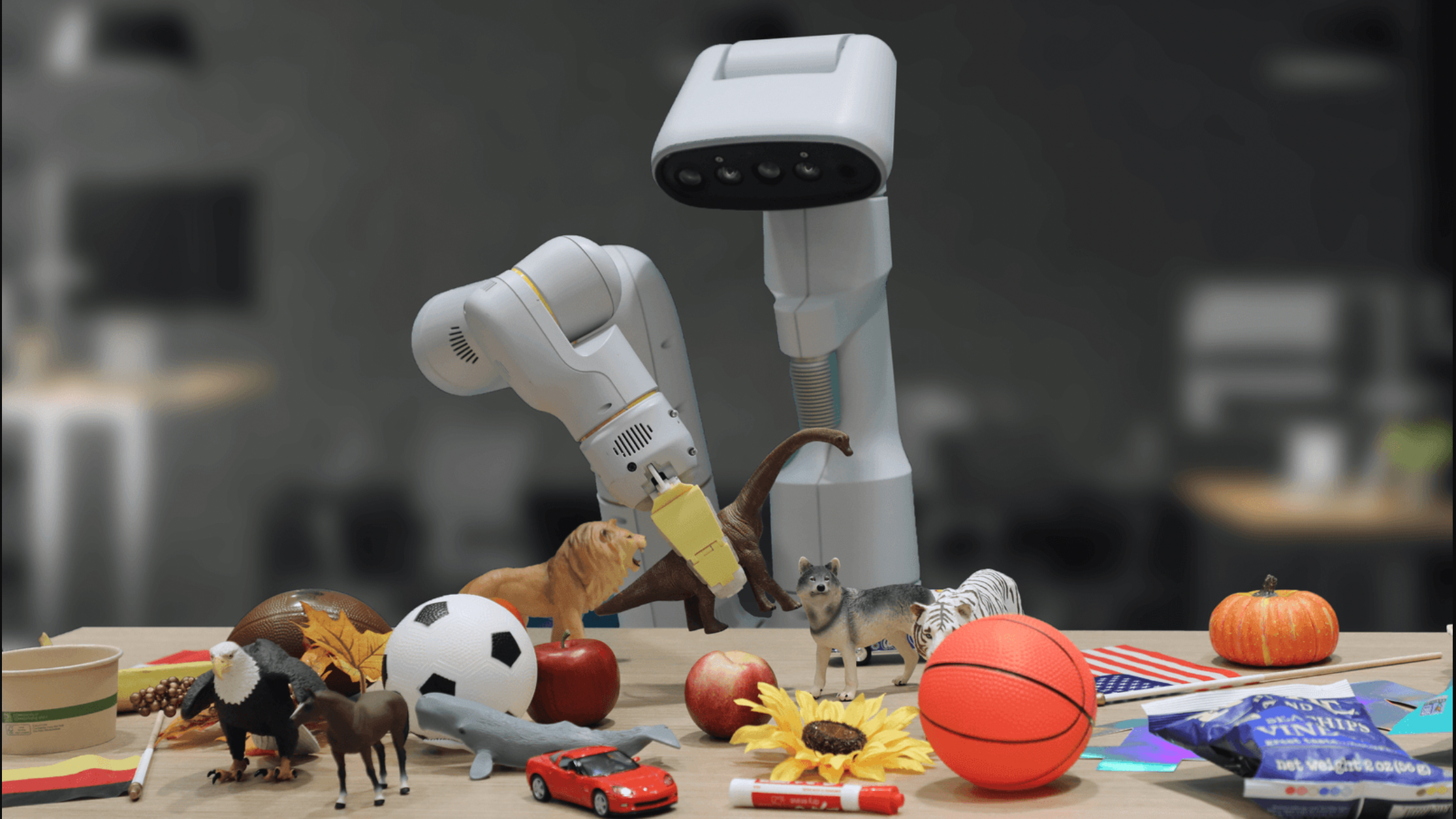
Google announces AI model for scarily smart robots
Google says its new 'Robotics Transformer 2' AI model (or RT-2 for short) "brings us closer to a future of helpful robots". The model has been "trained on text and images from the web", which can then help inform robot behavior. To which we'd reply, have they seen the internet? Still, with proper guardrails in place, it certainly sounds like a potentially exciting leap towards a real-life Wall-E.
This vision-language-action model (VLA) is effectively like a ChatGPT for robots, letting them perform actions in familiar and, in particular, unfamiliar situations. That's because RT-2 can apparently tease out concepts embedded in its training data and direct robot actions, even for things it hasn't been trained to do. This sounds exciting and worrying in equal measure. Worry-citing? You can make up your own mind by reading Google DeepMind's full blog on RT-2.
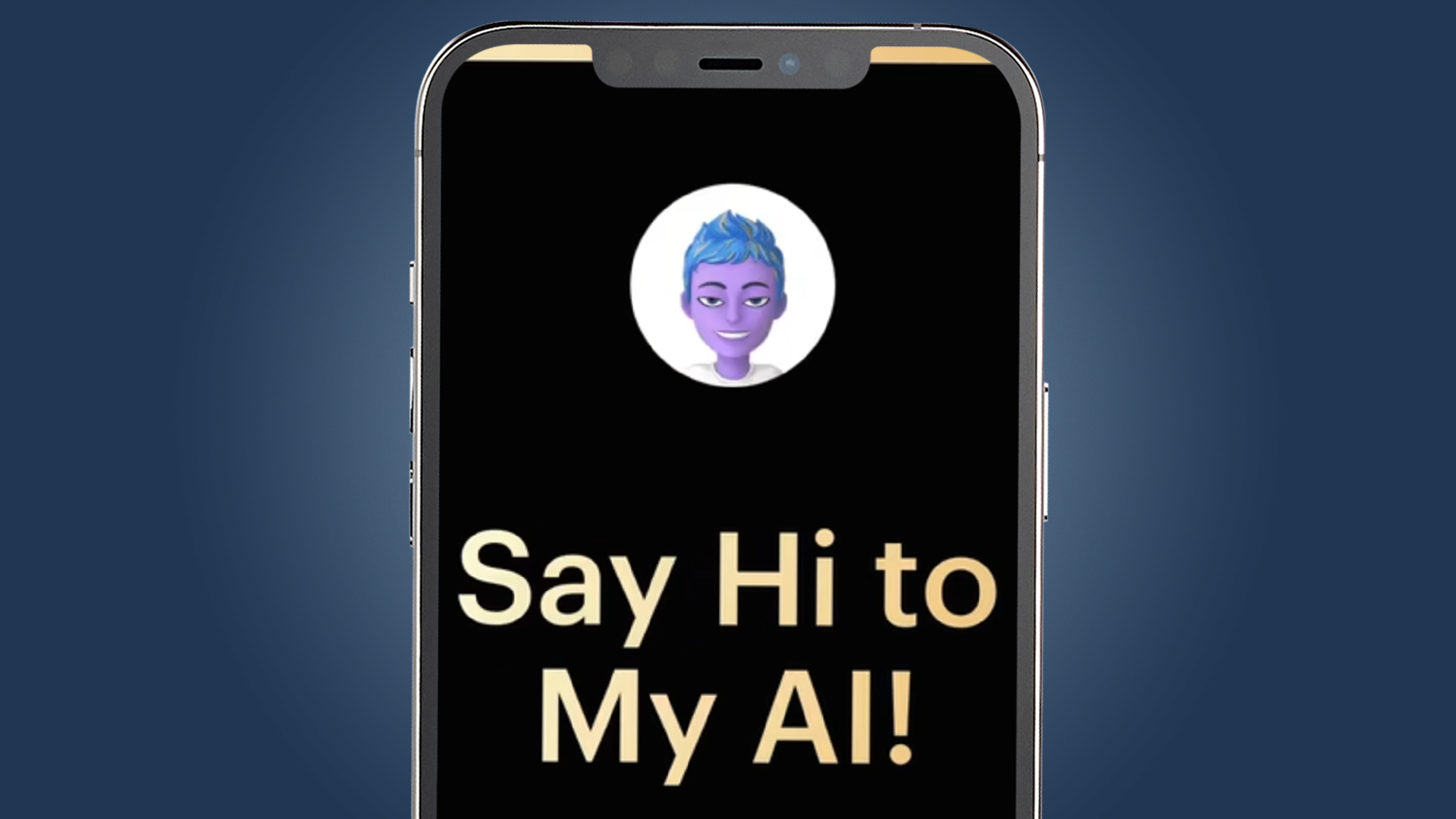
Can AI chatbots save Meta's Threads?
Meta's Twitter clone Threads needs a bit of a second wind – and according to the Financial Times , it could be planning to unleash some new AI chatbots to help it do just that.
These chatbots, which will apparently have different 'personalities', will apparently be with us by September this year. Wait, what kind of personalities? The descriptions concern me slightly – according to the report, Meta has explored a chatbot that speaks like Abraham Lincoln, plus one that gives travel advice in the verbal style of a surfer. Hmm...
Quite how these will work within Threads isn't yet clear, but it could potentially be a similar feature to the Snapchat’s ‘My AI’ chatbot (above) that we saw earlier this year. Given the latter quickly faded into irrelevance, let's hope Meta's chatbots are a bit more interesting.

MySpace launched 20 years ago today
Do you remember making Top 8 friends lists? Flashing sparkly word art? Tinkering with HTML to make a standout profile page? If so, you know we're talking about MySpace, the website that launched on August 1, 2003 – precisely 20 years ago today.
The pre-Facebook social network became famous for launching bands like the Arctic Monkeys (above), before bombing into irrelevance after a series of unfortunate takeovers. But you can read the TechRadar team's memories of its heyday in our list of 5 things we miss about MySpace in the age of Twitter's death spiral.
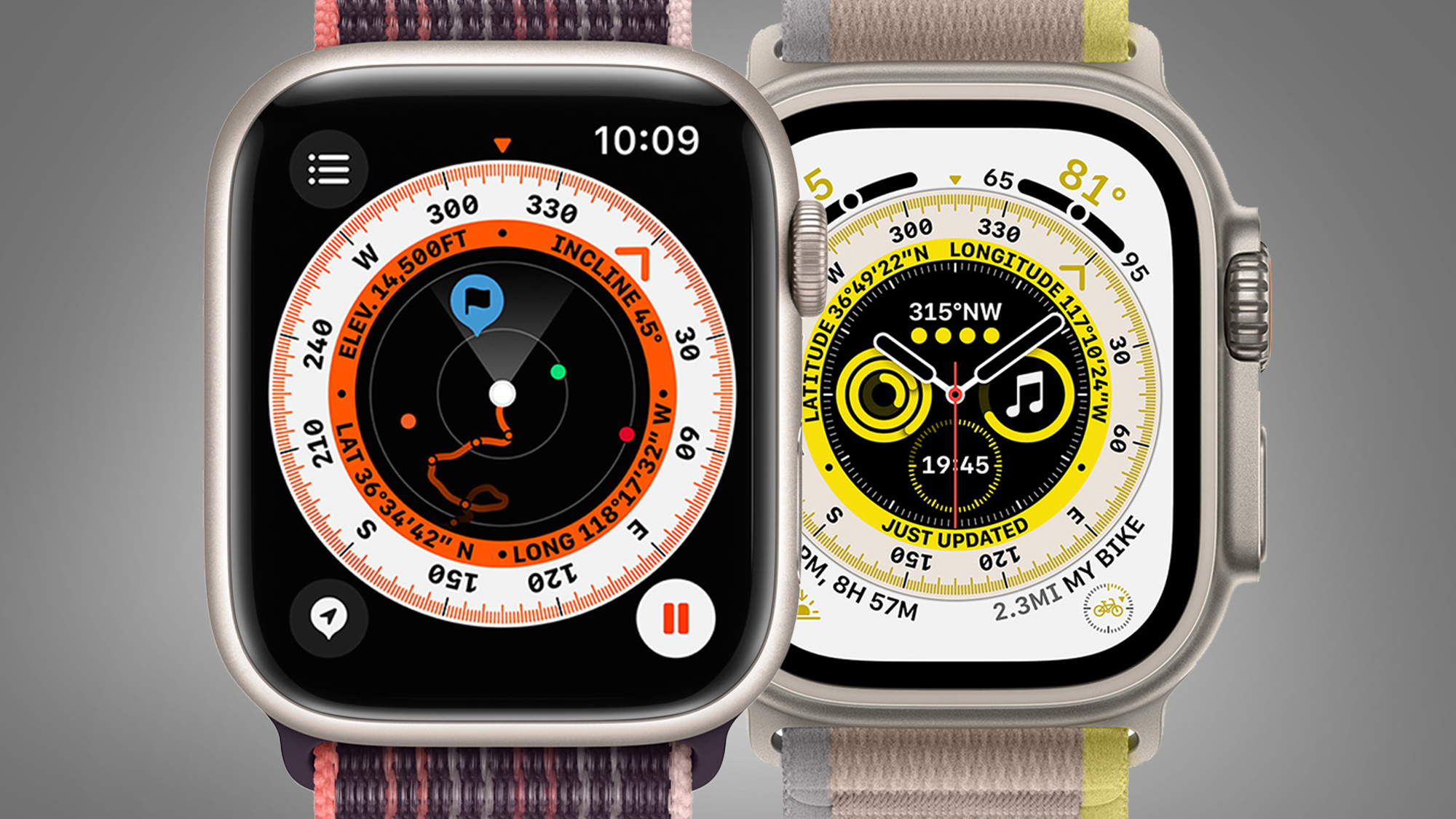
The Apple Watch – a good year to upgrade?
If you've been thinking of getting a new Apple Watch this year, the rumor mill suggests that your timing might be good. According to Bloomberg’s Mark Gurman, the Apple Watch Series 9’s new S9 processor will be a “significant improvement”, and the first meaningful processor change for the Apple Watch since the S6.
That's some positive news, as it was starting to look like another year of incremental upgrades for the Apple Watch. With the Apple Watch Ultra 2 also tipped to benefit from the same chip, this could provide enough grunt for some significant new watchOS 10 features and more.
With the expected September launch of both watches just around the corner, we shouldn't have to wait long to find out.
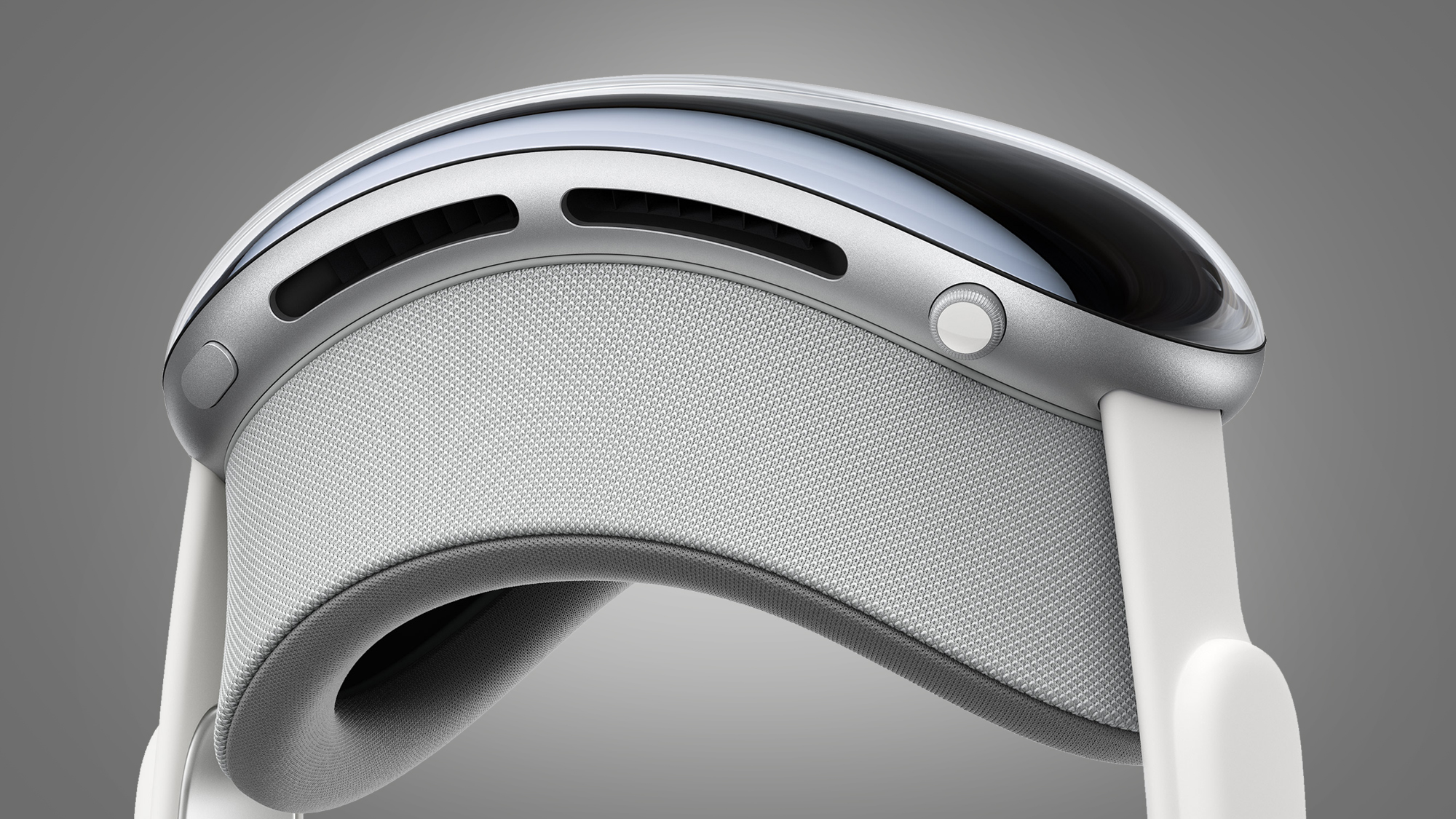
AR and the metaverse get a new open standard
Apple has just announced that it's now part of a new alliance, alongside Pixar, Adobe, Autodesk, and Nvidia, to help "drive open standards for 3D content". The alliance will be based around OpenUSD (short for Universal Scene Description), a Pixar-made technology that could spark an explosion in AR, VR and metaverse-style experiences.
It's early days, but Apple reckons that OpenUSD will "accelerate the next generation of AR experiences, from artistic creation to content delivery, and produce an ever-widening array of spatial computing applications". Naturally, the latter is referring to the Apple Vision Pro, which will hopefully get some exciting new mixed-reality experiences in time for its release "early next year.”
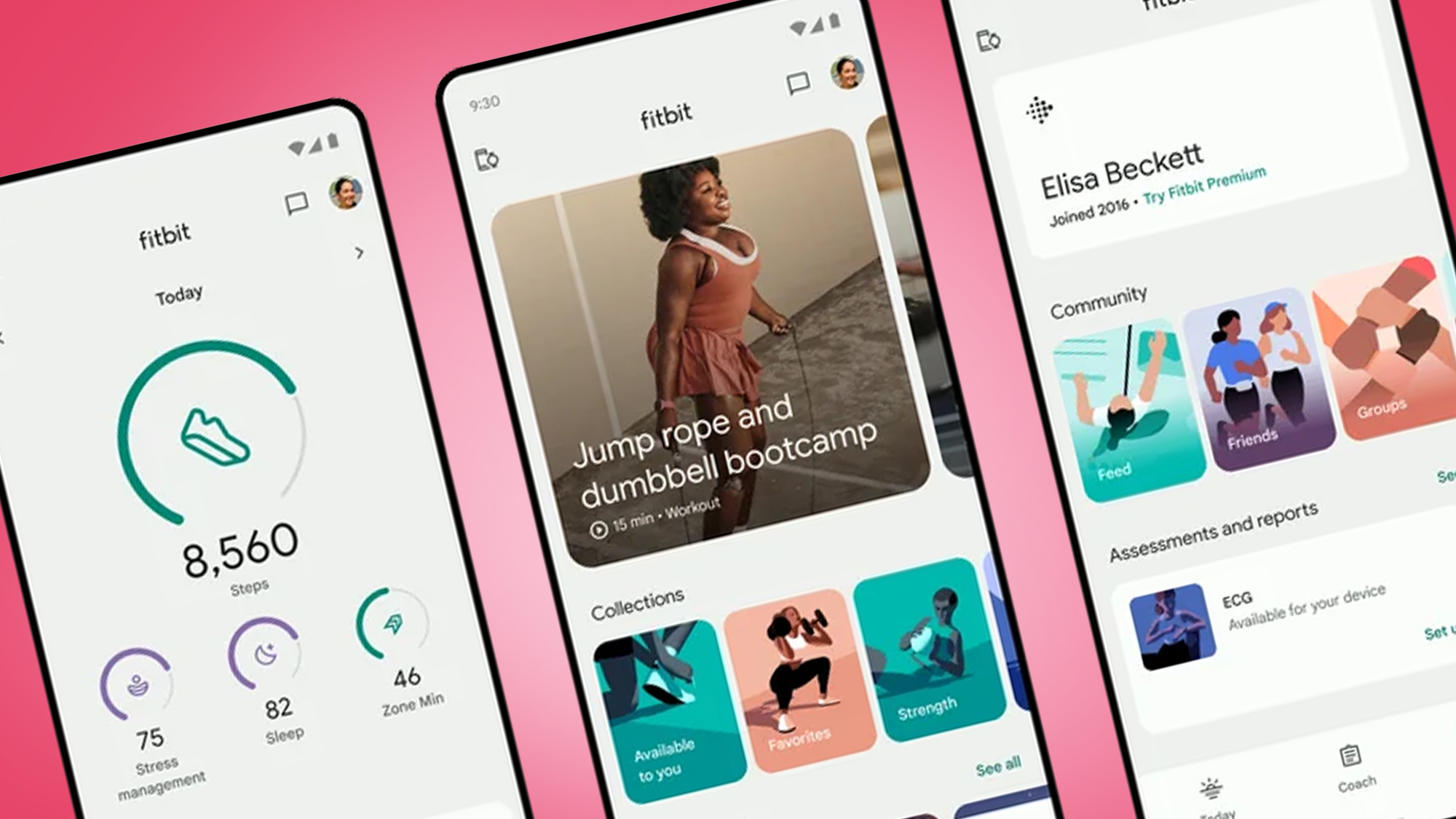
Our first look at the new Fitbit app
The Fitbit app is getting a big redesign – and we've just been given our first look at what to expect when it lands "this fall" (in other words, sometime between September and November).
Most of the fundamentals like the are still there, but there are now three main menu tabs including one called Coach. This will be home to many of the same free and paid workouts that are already available in Fitbit Premium, but the move suggests this will become a bigger focus for the Fitbit app.
That's not too surprising – the Google-owned company is naturally pitching the new app at Fitbit owners, but also those who simply own an Android or iOS smartphone. And guided workouts are definitely a good way to pick up new fans among the latter.